How To Improve Customer Retention for DTC Brands
Customer retention increases CTV and boosts a brand's revenue. Read this blog to learn how to improve Customer Retention for DTC Brands.
Are you a brand looking to use big data to boost revenue outcomes? Here are the top 10 brands that are using big data and succeeding at their revenue goals
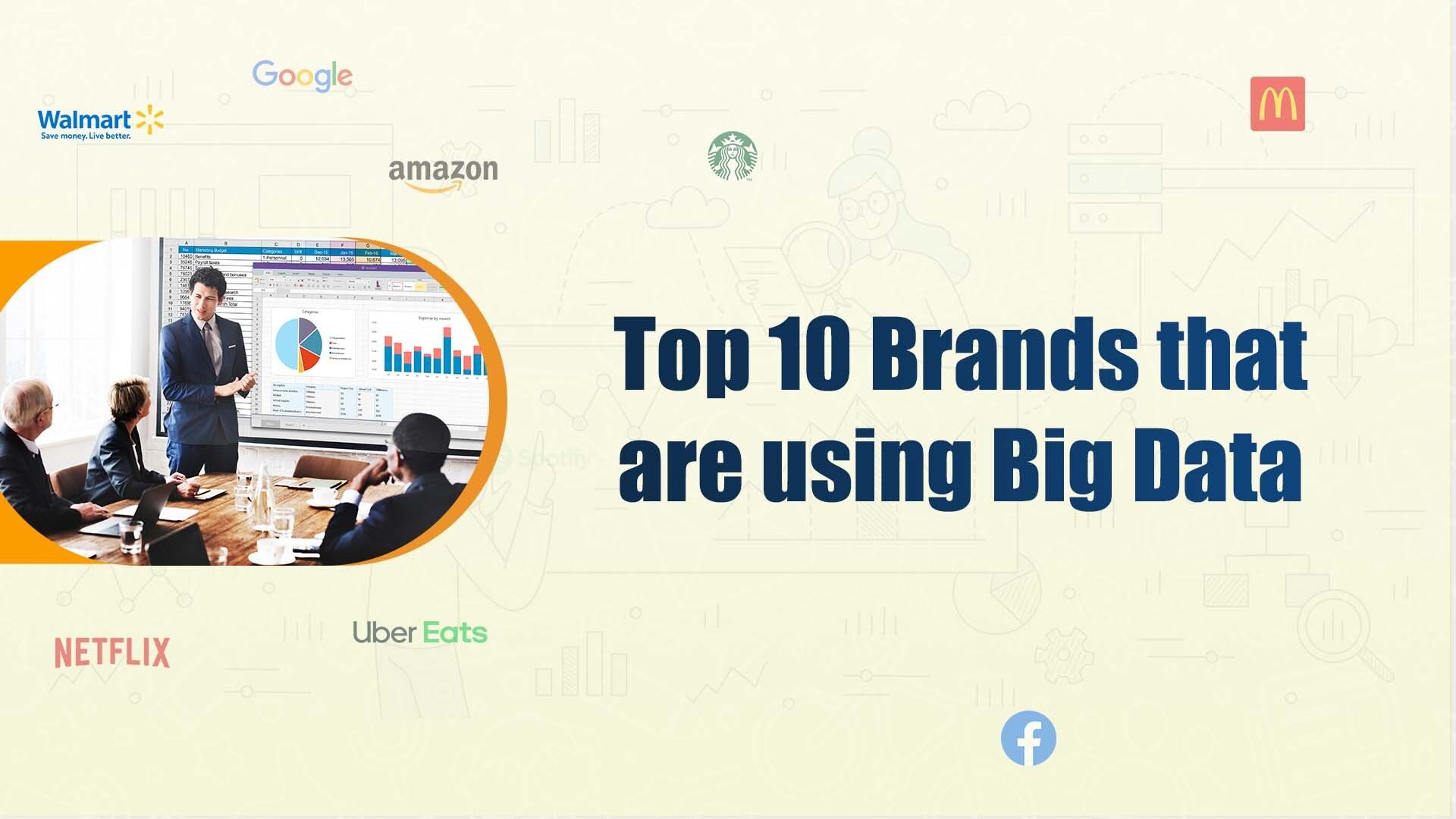
Brands want to be more data-driven and customer-centric while serving their customers. In such cases, the need for evolving from a knowing organization to a learning organization has become of dire importance. For decades, big data has been used by brands to gain insights and uncover trends.
According to a BMO Capital Markets study, marketers are spending almost $50 billion on big data and advanced analytics in the hopes of improving their marketing impact on the business.
Big data bang has unleashed a range of terabytes about everything from customer behaviors to weather patterns to demographic consumer shifts in emerging markets. A report found that companies that inject big data and analytics into their operations show productivity and profitability rates that are 5% - 6% higher than those of their peers.
Big data can be defined as a collection of complex data collected in large volumes from new data sources in addition to existing ones. This massive data can be used to address complex business problems that traditional data processing software cannot process.
The more data-rich your brand becomes, the more it is crucial to ask the right questions at the beginning of the analytical process. The right questions help you identify the specific decisions that are required to be taken to drive a positive business impact.
Read also 11 WhatsApp notifications that every business must know
Companies that incorporate data into their operations show productivity rates much higher than those of peers. Here are some statistics you need to consider:
Read also Top 48 WhatsApp Statistics You Must Know
Here are some top brands that are using Big data to accelerate business process and boost revenue:
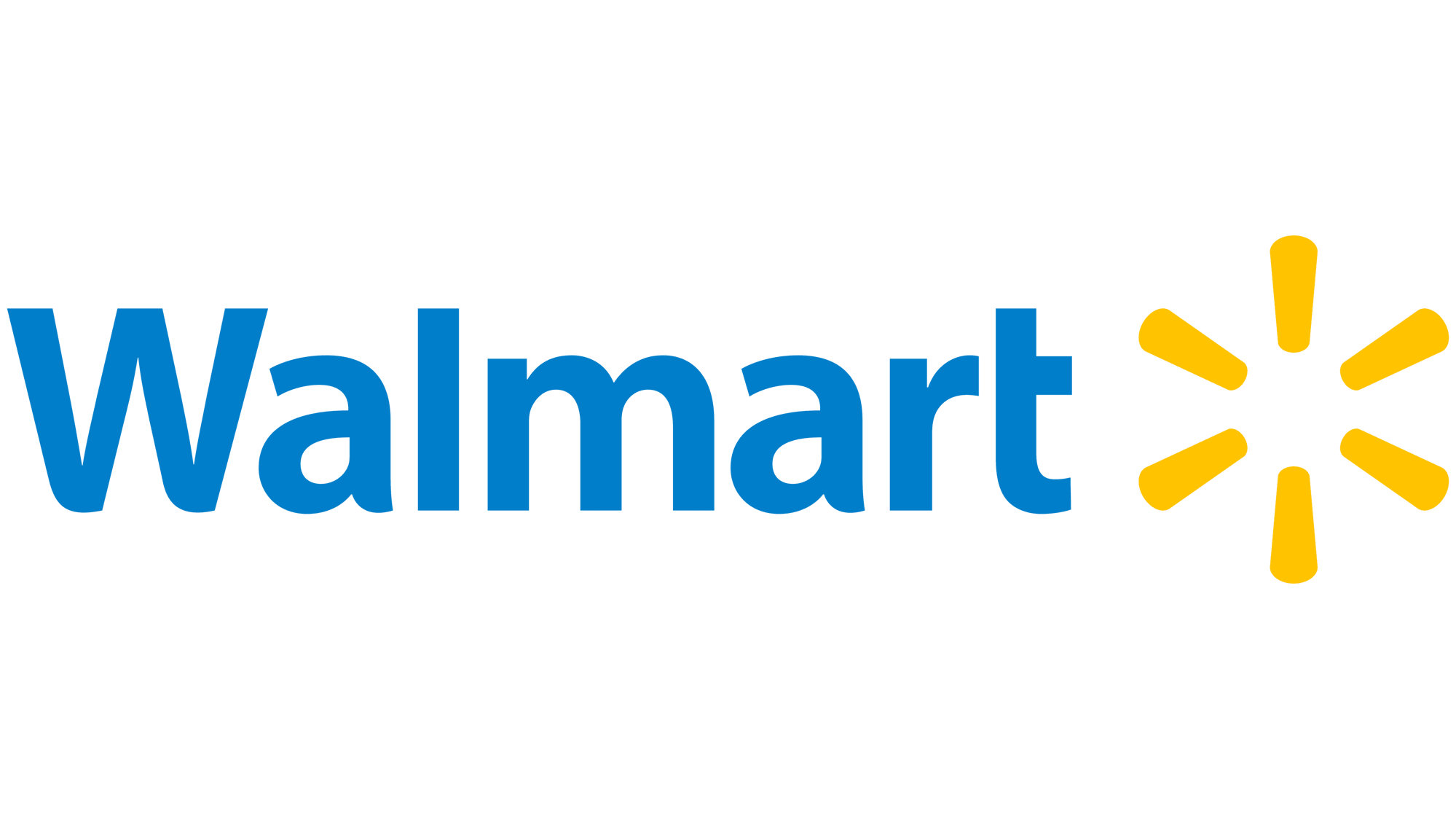
A big data company, Walmart, is one of the largest retailers in the world with 2 million employees and 20,000 stores in 28 countries. The brand uses data mining to discover shopping patterns and recommend products based on products bought together. The primary goal of Walmart is to optimize the shopping experience whenever a customer is at their store.
Walmart is able to identify a shopper’s preference using AI tech to deliver a seamless and consistent shopping experience. For instance, if a user is shopping for baby products, Walmart can use data analysis to personalize exclusive deals for parents with newborns.
Walmart observed a significant 10% to 15% increase in online sales for $1billion in incremental revenue.
“We want to know what every product in the world is. We want to know who every person in the world is. And we want to have the ability to connect them together in a transaction.” –said Walmart’s CEO of global e-commerce in 2013.

Uber ventured into food delivery services in addition to their taxi services to expand their business. Even though it was a saturated market, they were able to turn it into a profitable business using the data collected from their taxi services.
Uber wanted to create a model that would allow them to predict the time of food delivery as accurately as possible. In order to make this work, they also collected data on how much time the meal would take to cook to depict the exact time the delivery person should come and pick it up.
This step allows drivers to pick up more than one meals along the way and drop it off at the destination on time while it's still hot. A bonus is also added with every extra meal a driver can collect.
In addition to this, they even hired meteorologists to predict weather conditions and how it may affect the delivery time. Uber is a classic example of how big data can be an added advantage in a competitive market.
Read also O2O Marketing: What's Next?

A platform that is loved by millions of people across the world. Netflix is one of the biggest streaming platforms and it owes its success to big data. In fact, it has a retention rate of 93% since it knows its users so well. In addition to this, their growth can be attributed to their original movies and TV Shows that display they actually listen to consumers. This has led them to win two Golden Globes and two Oscars.
Netflix analyses data by understanding whether the subscriber binge-watched the show, took some time to finish it, or did they pause and resume. This data is used to create a personalized account for each subscriber.
Big data analytics is used to power the “recommendation engine” for every subscriber. Recommendations are not only based on watch history but also on what titles consumers watch, how often playback stopped, ratings, watch time, drop-offs, and more.

Nike uses its apps like Nike Training Club, Nike sneakers, and Nike app to collect data. This data is analyzed and transformed into valuable insights to help decide which designs to produce and what items should be stocked in stores.
Nike also uses data to personalize customer experience on their app and recommend products based on their browsing and purchase history. In addition, the Nike app provides access to the Nike+ rewards program to deliver member exclusive offers, early access to new products, personalized workouts, and more.
In fact, this allowed Nike to increase their annual sales to $16 billion in 2020.
Read also A Complete Guide to Cart Abandonment
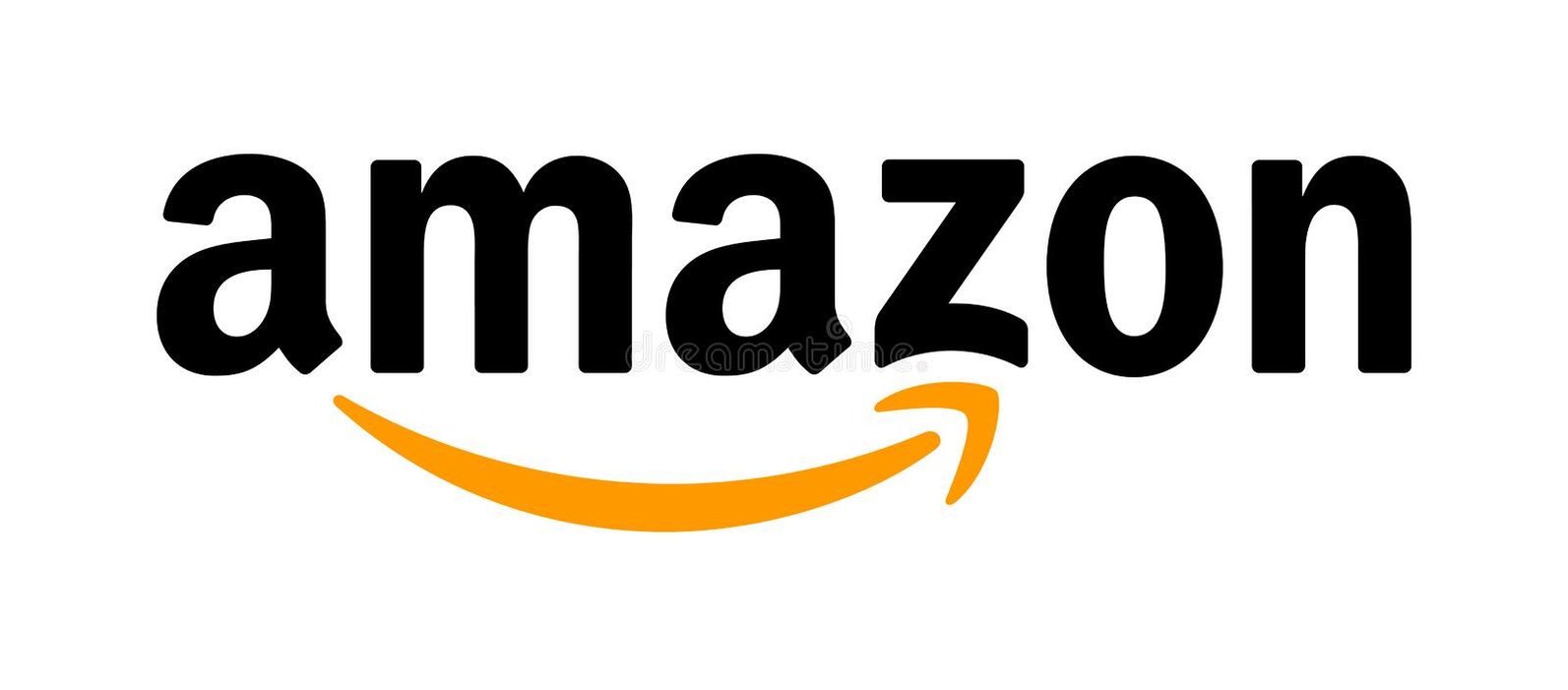
Amazon is one of the brands that aims to revolutionize customer experience using data. There are two ways through which Amazon collects and uses data to boost revenue.
Dynamic pricing is a tactic that is usually used by airline companies. If you check out a particular product over and over again, it probably means that you want it and are willing to pay more for it. In fact, Amazon changes its prices up to 2.5 million times a day. These price changes are usually based on shopping patterns, frequency, competitors' prices, and whether the product is common or not.
Amazon sends product recommendations based on viewed items, browsing history, and purchase history. No matter if the customer abandons the cart or even views it once, Amazon will use this data to give recommendations to the user to make a purchase. This data allows them to learn about customers' likes and dislikes and recommend relevant products.
According to reports, Amazon was able to generate 35% of its annual sales using big data.
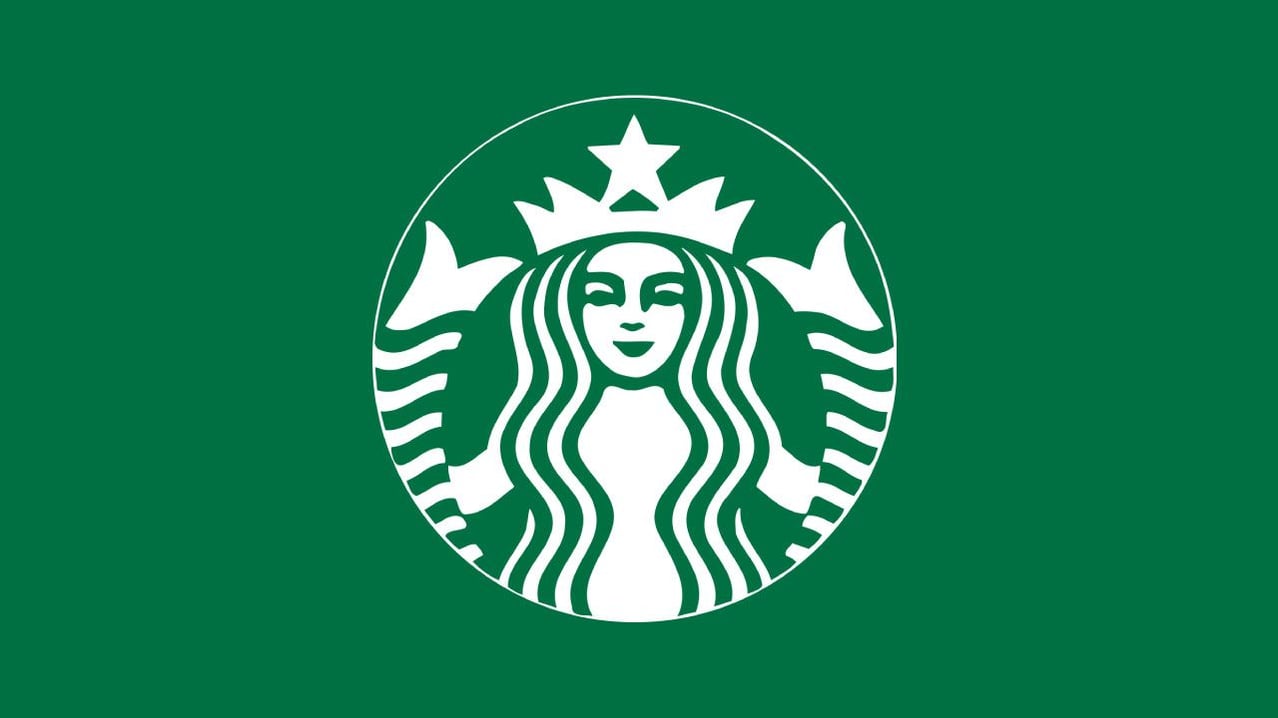
This coffee joint completes over 100 million transactions per week. Starbucks uses personalization to create an amazing customer experience. A unique PII allows the brand to customize proposals to an individual purchaser’s inclination. Utilizing AI tech and big data, they are able to deliver personalized promotional offers that users can't refuse.
A key feature of these offers was recommending new items based on what the customer requested or bought. The brand also offers products based on season, weather, and location.
Starbucks also uses data to provide a dynamic menu and product offerings based on consumer preferences. They also sent personalized emails with offers to customers who haven’t visited the store in a while to re-engage them by sending discounts. In fact, 10% of their sales come from personalized coupons.
Read also A Complete Guide to Social Shopping
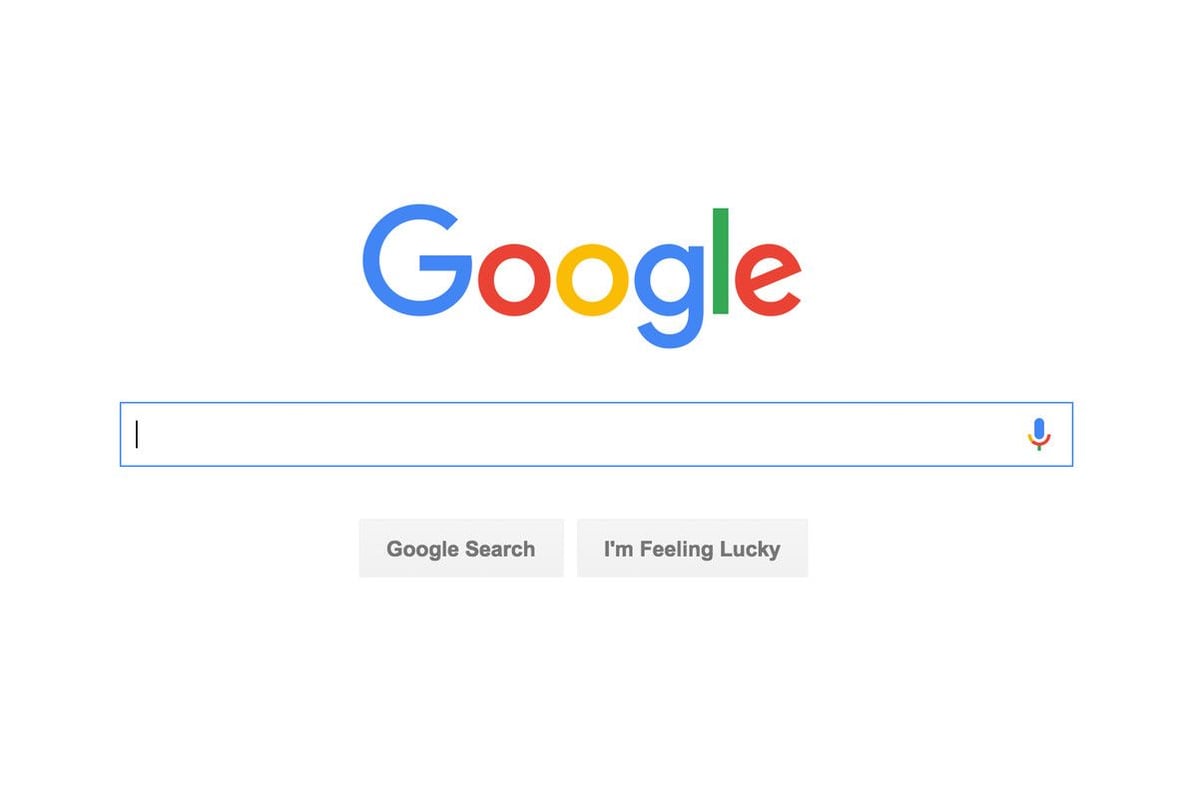
You’ve probably wondered how Google just knows every little thing you need. Google is known for the way it offers a personalized user experience, all thanks to big data. Google tries to understand users based on search history, location, trends, browsing history, downloads, voice search and more.
In addition, Google has acquired certain techniques to understand the user such as indexed pages, real-time feeds, knowledge graphs, google translate, etc. It uses data from its web index to match queries with potential results.
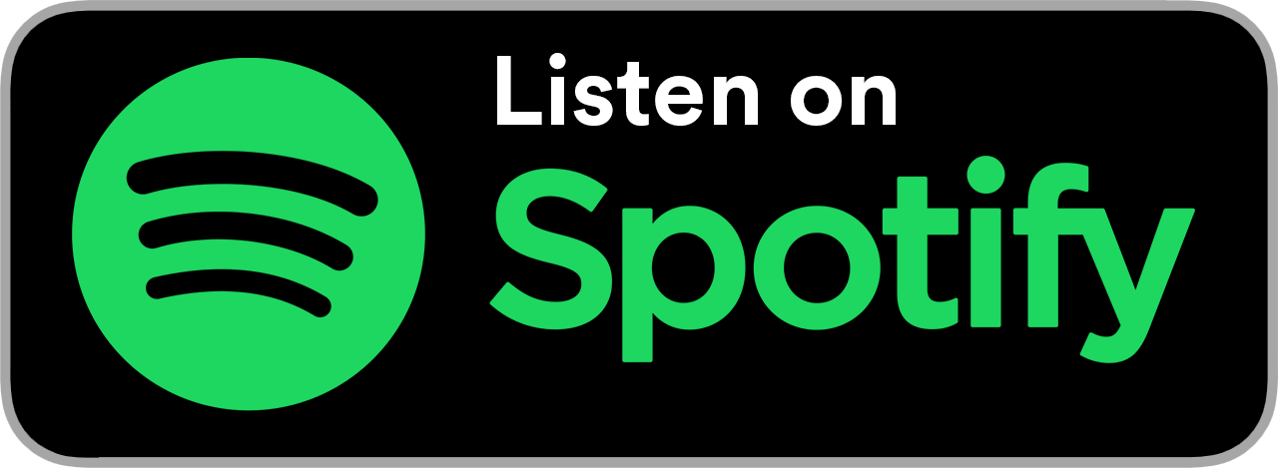
The most loved music app across the globe- Spotify. They use massive amounts of data techniques to reform how we listen to and enjoy music. Some of the data factors they consider are song playtime, where they are being streamed, and when they are being played.
It uses big data not only for personalized services and recommendations but also to engage with users apart from streaming. One of the noteworthy user engaging activities was the 2021 Spotify Wrapped which highlighted a user’s most heard songs during the year. Users could also share this playlist on their Instagram stories. It also included 13 parts that included top songs, how many minutes were spent listening, top artists, your Audio Aura, and more.

Facebook- the first one to send birthday reminders and friendship anniversaries. It's no surprise that Facebook uses big data to revolutionize their user experience. Facebook feed is optimized for each individual user based on the type of post a user has liked, commented, or shared. In addition to this, it also uses data to create a short video by combining old pictures as a memory. One of the key features adopted by Facebook is image recognition which is used to put the pictures together in the video.
Read also WhatsApp Promotional Messages: Guidelines and Use Cases
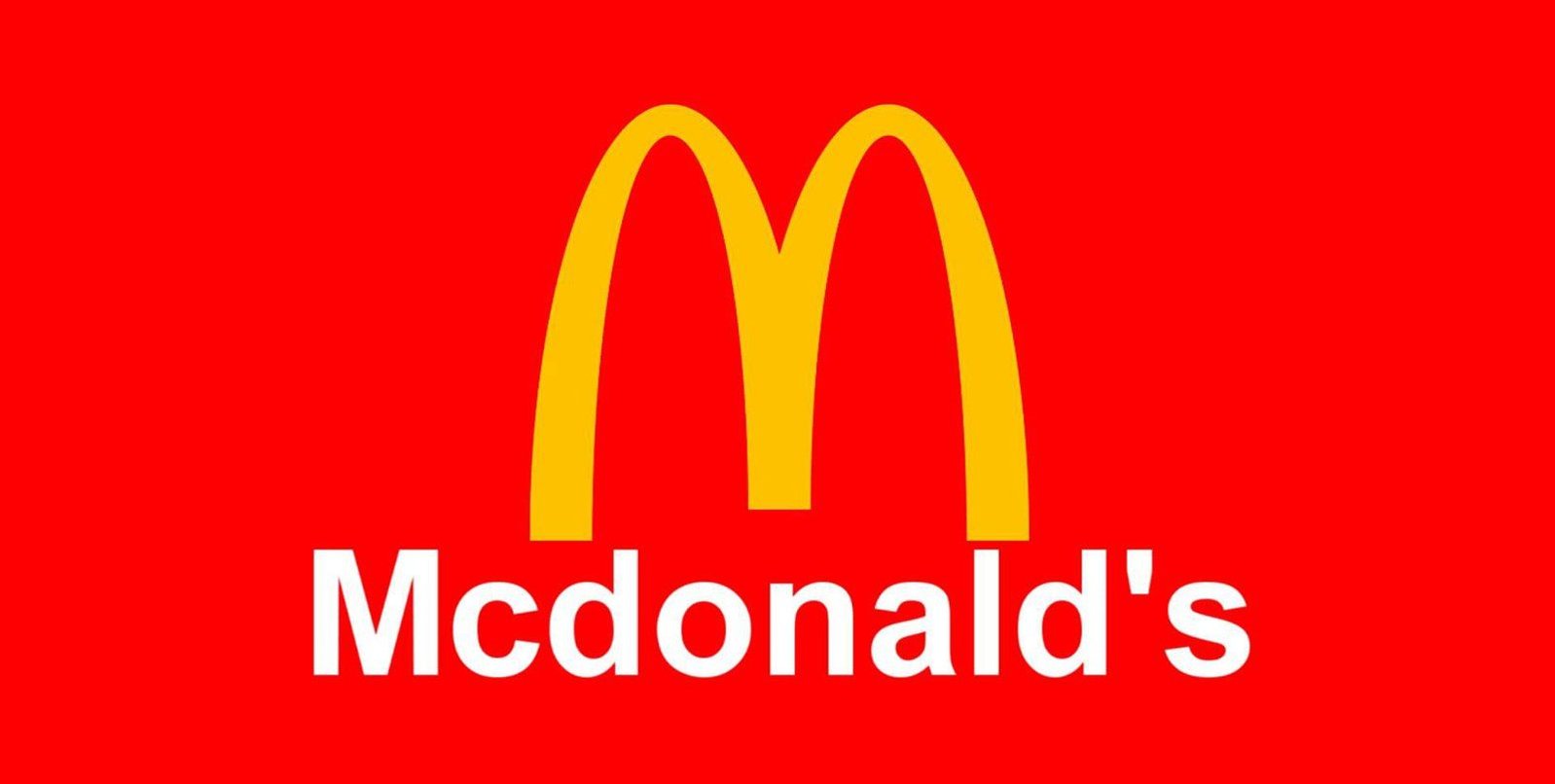
Google may seem like they are ahead of the game, but even food retailers like McDonald’s use data to create meaningful experiences for customers. For instance, one of the key aspects that McDonalds has used big data to optimize is the drive-through experience with digital menus. These menus changed based on weather conditions, time of the day etc. Due to this, they were able to improve efficiency for the spike in demand before time.
Big data is no longer a trend but a necessary tool that can be utilized to boost revenue outcomes. In order to generate leads and drive sales, it has become crucial to listen to your customer's needs by analyzing the data. It is inevitable that big data is an important investment to grow and sustain your business.
Customer retention increases CTV and boosts a brand's revenue. Read this blog to learn how to improve Customer Retention for DTC Brands.
Without the right data, it is impossible to understand how well you are retaining your customers. Learn about how understanding customer retention...
WhatsApp Commerce has emerged as an exceptional source of revenue for e-commerce businesses. Watch how Fossil is driving immense success with...
Be the first to know about new B2B SaaS Marketing insights to build or refine your marketing function with the tools and knowledge of today’s industry.